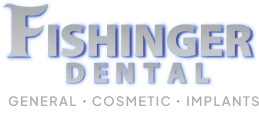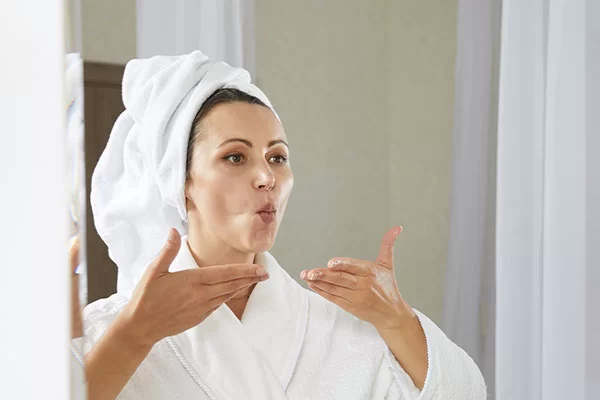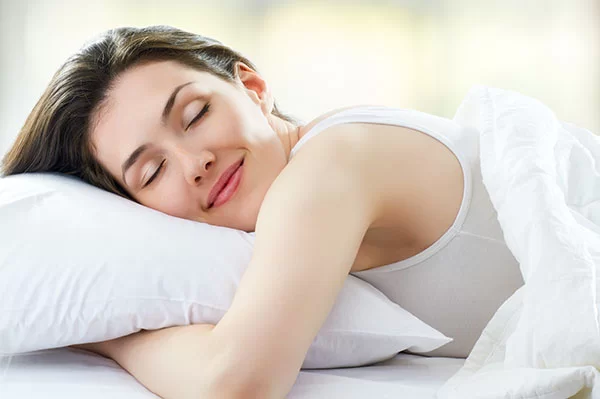Naturally Combat Your Sleep Apnea Symptoms
Sleep apnea is a prevalent condition, causing interruptions in breathing during sleep. A key factor contributing to this disorder is the relaxation of muscles in the mouth and throat, which can obstruct the airway. While treatments like CPAP therapy and lifestyle changes are widely recommended, oropharyngeal exercises (mouth and throat exercises) offer a natural, non-invasive way to help manage sleep apnea symptoms.
Our Hilliard, OH, sleep dentist provides sleep apnea treatments, and we’re here to explain how mouth and throat exercises can enhance your treatment plan. For personalized advice, schedule an appointment by calling (614) 771-6060.
What Are Mouth and Throat Exercises?
Mouth and throat exercises, or myofunctional therapy, are a series of movements designed to tone and strengthen the muscles of the mouth, tongue, and throat. By improving muscle control, these exercises help prevent airway collapse during sleep, reducing the frequency and severity of sleep apnea episodes. Though they may not be a standalone solution for severe obstructive sleep apnea (OSA), these exercises can play a valuable role in a broader treatment plan.
Benefits of Mouth and Throat Exercises
Performing mouth and throat exercises may provide patients with the following benefits:
- Strengthened Airway Muscles: Regular practice improves the muscle tone of your soft palate, tongue, and throat, reducing the risk of airway obstruction.
- Reduced Sleep Apnea Severity: Studies have shown that myofunctional therapy can lower the apnea-hypopnea index (AHI), leading to fewer episodes of disrupted breathing.
- Enhanced CPAP Compliance: Exercises may complement CPAP therapy or oral appliances, potentially allowing for lower pressure settings and improving overall comfort.
- Improved Sleep Quality: Fewer breathing interruptions lead to deeper, more restorative sleep, boosting overall health and daytime alertness.
- Cost-Effective: No equipment is required—these exercises can be performed at home, making them a budget-friendly option compared to more intensive treatments.
- Long-Term Management: Unlike some short-term solutions, muscle strengthening offers sustainable improvement, as patients can continue practicing these exercises daily.
Types of Mouth and Throat Exercises
Tongue Exercises
- Tongue Press: Push the tip of your tongue against the roof of your mouth and slide it backward. Repeat this motion several times.
- Tongue Slide: Hold your tongue between your teeth and slide it out as far as it will go, then back in. Do this exercise several times.
- Tongue Curl: Curl your tongue backward and touch it to the back of your mouth. Hold for a few seconds and release. Repeat.
Soft Palate Exercises
- Palatal Flutter: Create a fluttering sound by blowing air through your closed lips while keeping your mouth closed.
- Say “Ahh”: Open your mouth wide and say “Ahh” for as long as you can. This helps strengthen the muscles in your soft palate.
Jaw Exercises
- Jaw Thrust: Jut your lower jaw forward and hold for a few seconds, then relax. Repeat this exercise several times.
- Chin Lift: Tilt your head back and lift your chin upward. Hold for a few seconds and release. Repeat.
Swallowing Exercises
- Effortful swallowing: Swallow with extra effort, trying to squeeze all the muscles involved in swallowing.
- Supraglottic swallow: Swallow while holding your breath, followed by a forced cough to clear your throat.
Throat Relaxation Exercises
- Neck stretches: Gently tilt your head from side to side and forward and backward to release tension in the neck and throat.
- Yawning exercises: Yawning can help relax the throat muscles.
Breathing Exercises
- Diaphragmatic breathing: Practice deep breathing from your diaphragm to support better vocal control and overall oral health.
Combining Treatments for Better Results
In many cases, mouth and throat exercises are most effective when combined with other therapies. Your Hilliard dentist may recommend integrating exercises with:
- CPAP Therapy: These exercises can make CPAP therapy more comfortable by improving muscle tone and airway control.
- Oral Appliances: Custom-made devices, like mandibular advancement devices, work in tandem with myofunctional therapy to improve breathing during sleep.
- Lifestyle Changes: Weight loss, avoiding alcohol, and improving your sleep position can enhance the effectiveness of both oropharyngeal exercises and traditional sleep apnea treatments.
Frequently Asked Questions
How often should I perform mouth and throat exercises?
For optimal results, aim to practice mouth and throat exercises at least once a day. Consistency is essential.
Can mouth and throat exercises cure sleep apnea?
These exercises can alleviate symptoms and reduce severity, especially in mild to moderate cases. However, they should be part of a comprehensive treatment plan for best results.
Schedule Your Sleep Apnea Consultation Today!
Are you ready to explore natural ways to combat sleep apnea? Contact our Hilliard dental office at (614) 771-6060 to learn how mouth and throat exercises can fit into your personalized sleep apnea treatment plan. We proudly serve patients from Columbus, Dublin, Upper Arlington, Grove City, Westerville, and nearby communities in Ohio.







